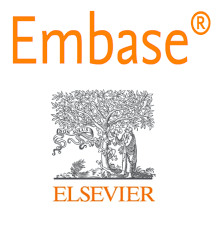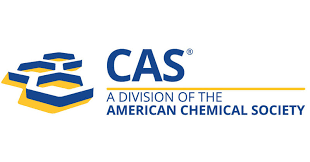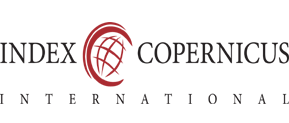A Study on Frontoethmoidal Osteomas, Their Risk Factors and Management in tertiary Centre of West Bengal: A Cross-sectional Study
Keywords:
Frontoethmoidal, facial trauma.Abstract
Background: Frontoethmoidal osteomas are benign, slow-growing bone tumours typically found in the paranasal sinuses, especially the frontal and ethmoid regions. Though usually asymptomatic, larger osteomas can lead to sinus obstruction, headaches, or orbital complications. Objective: To evaluate the demographic profile, risk factors, clinical presentations, and surgical management outcomes of patients with frontoethmoidal osteomas in West Bengal. Methods: This cross-sectional observational study involved 24 patients diagnosed with frontoethmoidal osteomas. Clinical, radiological, and surgical data were collected. All patients underwent CT imaging, and depending on size/location, were managed through endoscopic or external surgical approaches. Results: Most patients were male (66.7%), with the highest incidence in the 31–50 age group. Common symptoms were frontal headaches (75%) and nasal obstruction (58.3%). Key risk factors included chronic sinusitis (41.7%) and facial trauma (25%). Surgical management included endoscopic excision in 70.8% of cases and external front ethmoidectomy in 29.2%. No recurrences were observed during 6 months of follow-up. Conclusion: Frontoethmoidal osteomas, though benign, may cause significant morbidity if untreated. CT scans are critical for diagnosis and planning. Endoscopic excision is preferred for accessible lesions, while external approaches remain necessary for larger or laterally placed tumours.
.png)









